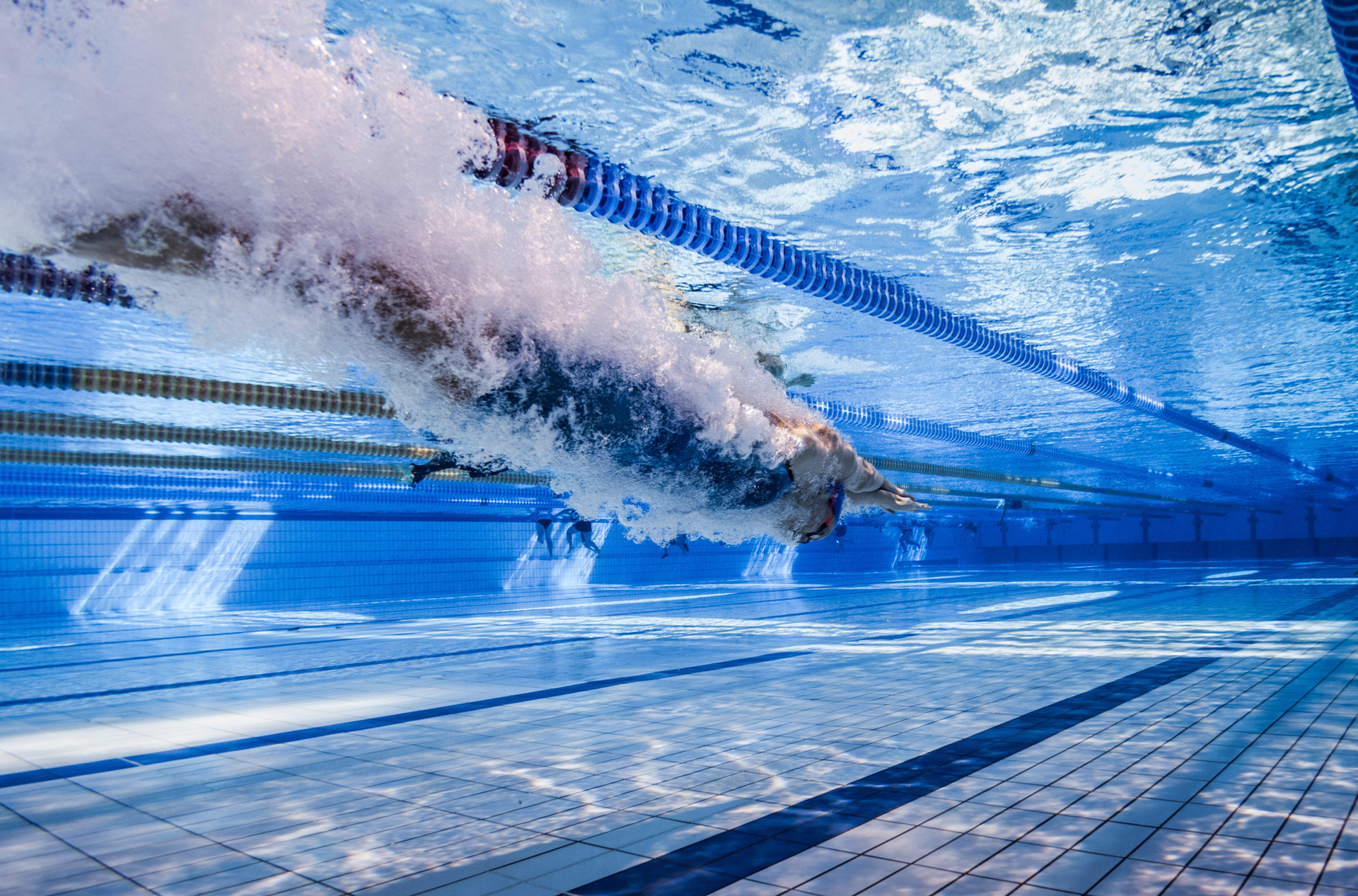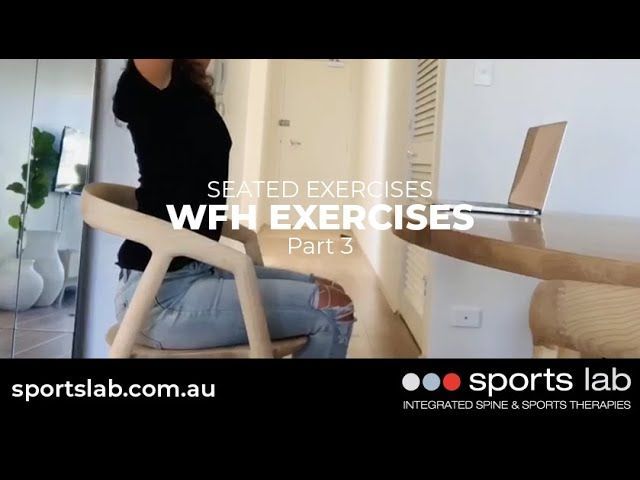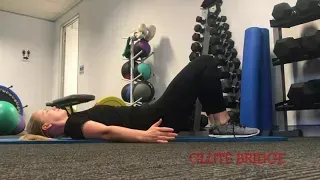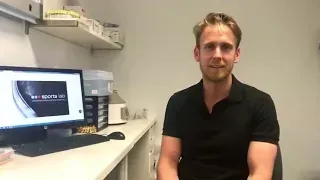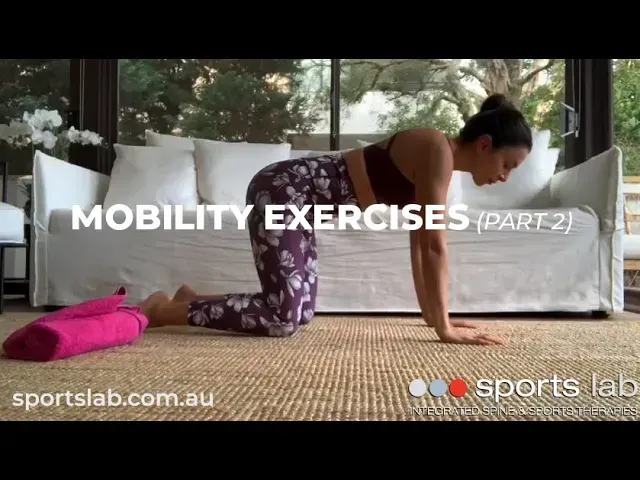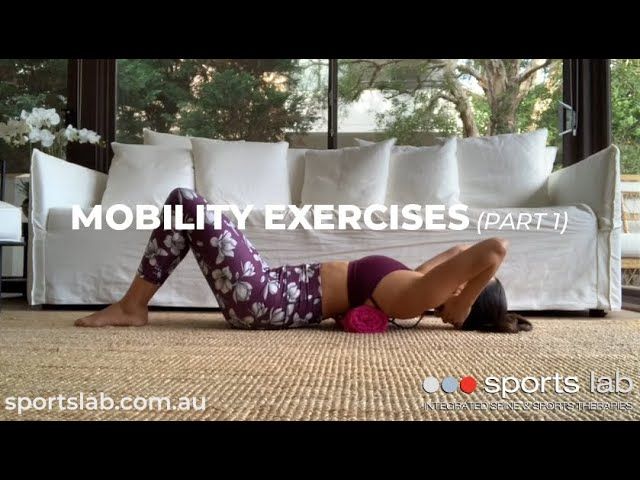Hamstring Stretching
The hamstrings are a group of three muscles that run down the back of the thigh from a common insertion point on your "sit bone" (ischial tuberosity) to just below the knee and the sciatic nerve passes through them.
Flexibility of the hamstrings is an essential component in the maintenance of joint range of motion and in the prevention of hamstring injury as well as injuries to the lower back, hip, sacroilliac joint and knee injuries such as patellofemoral pain and patella tendinopathies.
Whilst stretching of the hamstring muscle is important, it is equally, if not more important to consider the nerves passing through the muscle and ensure that there is no impedance to the nerve as it slides through a muscle during movement (neurodynamic mobilisation) as altered neurodynamics can lead to pain, tightness and recurrent injury.
Whilst most of us know the traditional ŅstaticÓ hamstring stretches, the addition of neurodynamic hamstring stretches to a static stretching program has been demonstrated to increase hamstring flexibility in healthy individuals.
STATIC HAMSTRING STRETCH
The introduction of a neural mobilisation program will be different for each individual.
The movements need to be graduated, controlled and never static or painful instead relying on joint movement to slide the nerve through its surrounding tissue (much like flossing oneÕs teeth).
NEURODYNAMIC MOVEMENT
(Lower leg is continuously moving)
If you want to know more about neurodynamic mobilisation and think you may be able to incorporate it into your stretching program, talk to your practitioner who will be able to assess whether these movements are right for you.
References:
Butler, D.S. (2000). The Sensitive Nervous System. Adelaide: Noigroup Publications.
Shacklock, M (2005) Clinical neurodynamics a new system of musculoskeletal treatment. Elsevier, China
Sharma, S., Balthillaya, G., Rao, R. and Mani, R. (2016). Short term effectiveness of neural sliders and neural tensioners as an adjunct to static stretching of hamstrings on knee extension angle in healthy individuals: A randomized controlled trial.
Physical Therapy in Sport, 17, pp.30-37.
